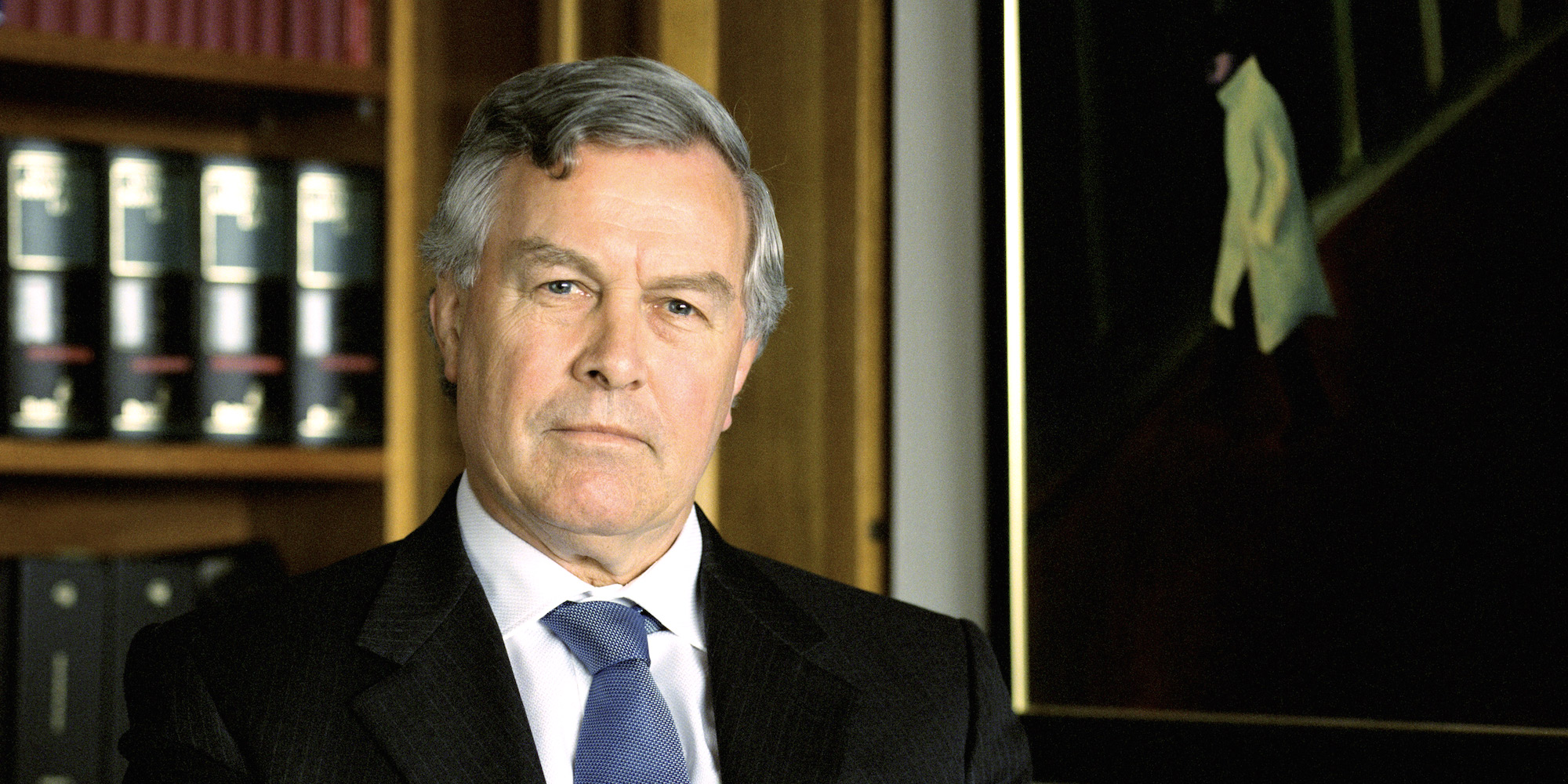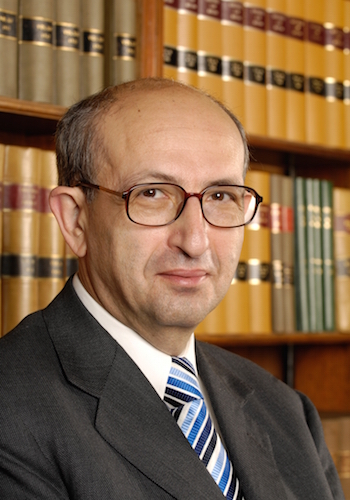The Hon. Justice Richard Edmonds of the federal court delivered the annual tax lecture for 2010 at Melbourne Law School.

The Tax Group presents the annual lecture series to inform public debate on current tax issues and place the development of tax law in its historical context. This year's speech by the Hon. Justice Richard Edmonds, Judicial Perspectives on Tax Reform, and an earlier speech by the Hon. Justice Tony Pagone of the Victorian Supreme Court, Tax Uncertainty, are of particular significance in view of the recent Henry Review Report and the Government's commitment, in light of the election outcome, to convene a tax summit on the recommendations of that review before June 2011.
In his speech delivered on 17 August 2010, Justice Edmonds spoke about the increasing complexity of the tax system in Australia over the last 35 years. He noted that in 1975 the Asprey Committee had commented on the desirability of simplicity and reduced compliance costs, referring to the "ancient canon of certainty" and the problems of drawing fine distinctions in the legislation. These views had been echoed by the 1985 Draft White Paper prepared by Treasury, which spoke of the need to increase the certainty of what is or is not taxable and to increase the clarity of the tax system. More recently the Henry Review noted that "the complexity of the tax system and the costs of complying with it are perennial concerns".
Justice Edmonds urged what he termed "architectural or structural reform" rather than mere redrafting of the text of the legislation without addressing the fundamental cause of complexity. One suggestion related to the income-capital distinction, which he said continued to give rise to "great doubt as to the outcome of the application of relevant criteria… to the facts of a particular case as exemplified by the decisions of the High Court in Montgomery and McNeil on the income side and the decisions of the Full Federal Court in Macquarie Finance and St George Bank on the outgoings side." His solution was the assimilation of all capital gains and losses to gains and losses on revenue account, although he noted that it may be desirable to stage the assimilation process so that initially it applied to business entities and eventually to all taxpayers.

The view of both judges appears to be that the tax system in Australia has significant underlying problems and that it is in the interests of the community as a whole to ensure that those problems are addressed. It is hoped that the tax summit to be held next year will consider the views of these two eminent judges.
Image 1: The Hon. Justice Richard Edmonds
Image 2: The Hon. Justice Tony Pagone